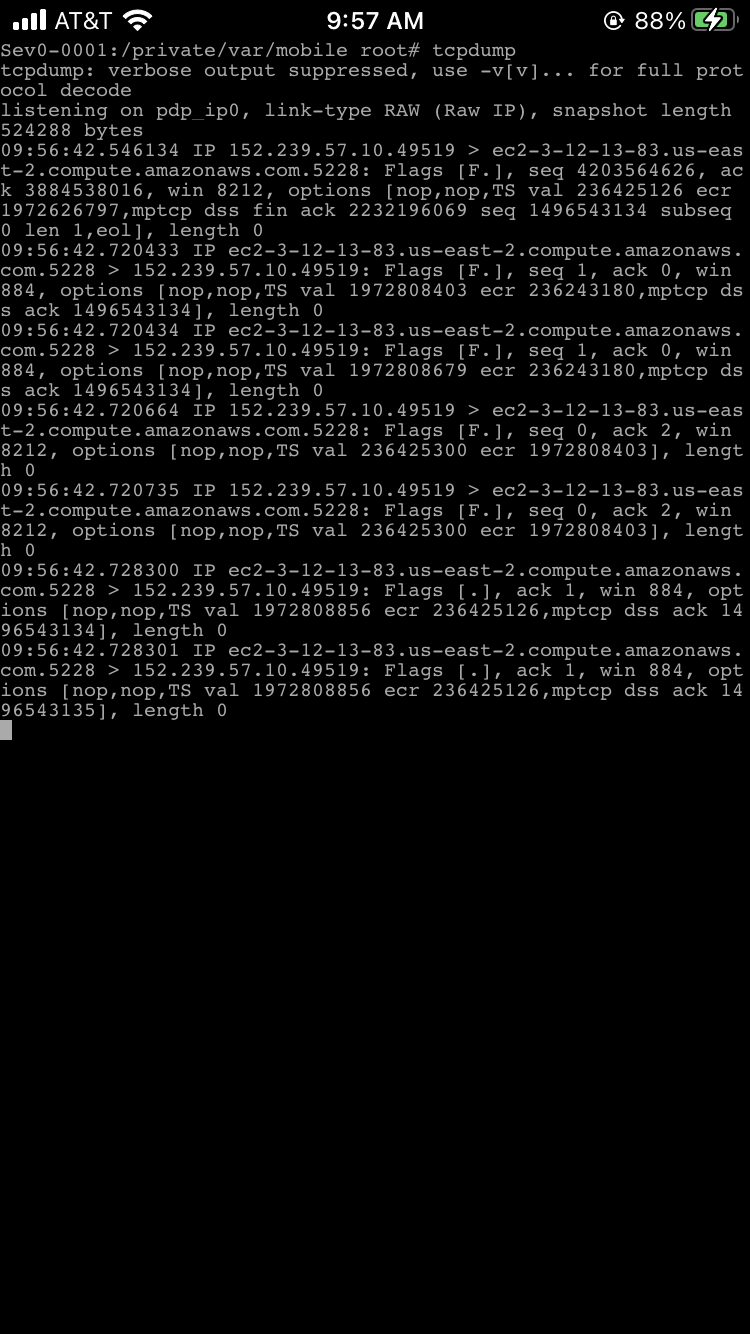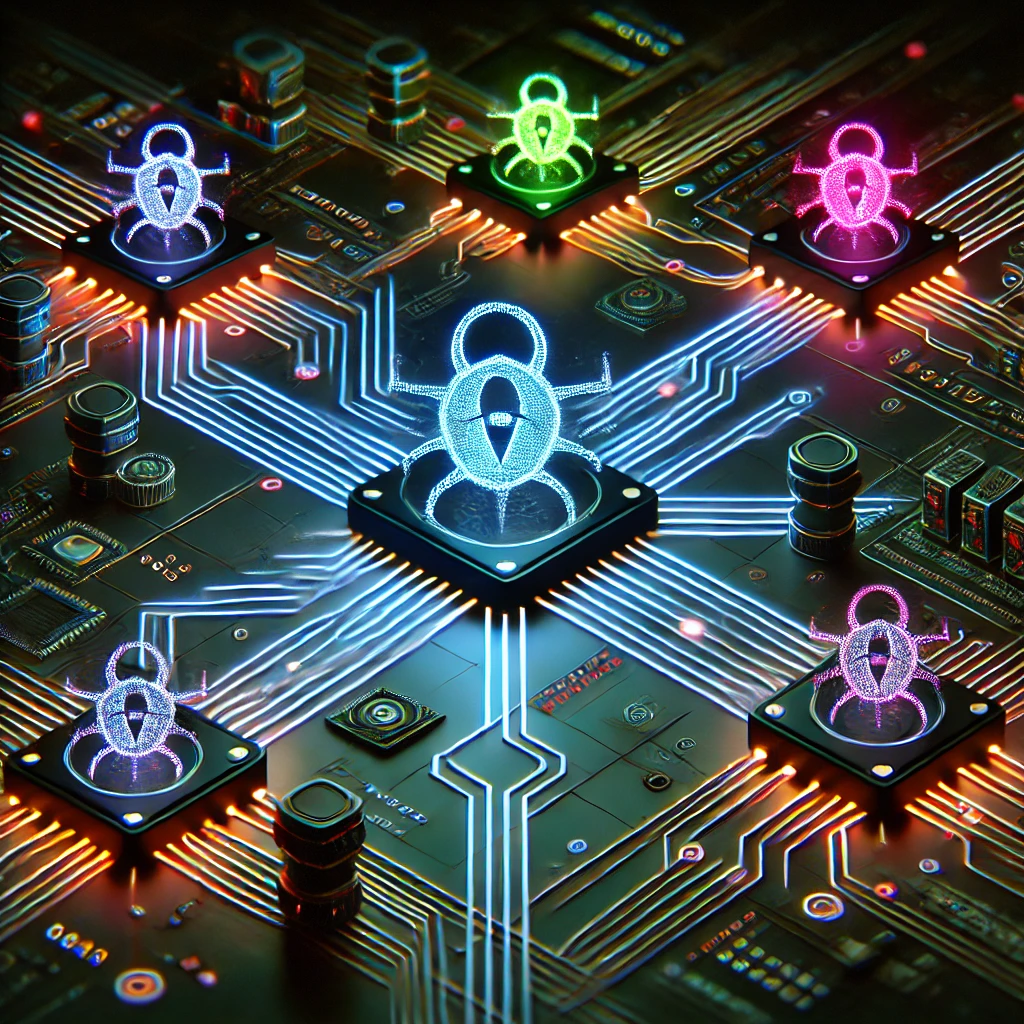As we move through 2024, cybersecurity threats are evolving at an unprecedented pace. Organizations face new challenges, from advanced ransomware to AI-driven attacks. To stay ahead, it’s crucial to understand the latest trends shaping the cybersecurity landscape. This article explores the top cybersecurity predictions for 2025, helping businesses proactively prepare for the future.
The Growing Role of Artificial Intelligence in Cybersecurity
Artificial Intelligence (AI) is reshaping the cybersecurity landscape, providing both defenders and attackers with advanced tools. In 2025, AI’s role will continue to expand, especially in the areas of threat detection, predictive analytics, and automated responses.
- AI for Threat Detection
AI-driven security tools use machine learning algorithms to detect patterns of suspicious behavior, enabling faster threat identification and response. By automating detection, organizations can reduce response times, minimize breaches, and focus on complex threats. - AI in Cyber Attacks
Unfortunately, cybercriminals are also leveraging AI to improve the sophistication of their attacks. AI-powered malware can adapt to bypass traditional defenses, and advanced social engineering tools help create convincing phishing scams. Businesses need to invest in AI-driven defenses to counter these AI-enabled attacks.
Rise in Ransomware-as-a-Service (RaaS)
Ransomware-as-a-Service (RaaS) has made ransomware more accessible to a wider range of attackers. With RaaS, cybercriminals can “rent” ransomware kits, launching attacks with minimal technical skill. This trend is expected to continue growing into 2025, leading to an increase in ransomware incidents.
- Double Extortion and Triple Extortion
RaaS providers are now offering enhanced features, including double extortion (where attackers demand a ransom for data decryption and an additional ransom to prevent data exposure) and triple extortion (targeting the company’s customers or partners). - Targeted Attacks on SMBs
Small to medium-sized businesses (SMBs) are prime targets for RaaS attacks because they often have weaker security postures. Investing in robust cybersecurity measures and regular employee security awareness training will be critical for businesses of all sizes in 2025.
Increasing Emphasis on Zero Trust Architecture
Zero Trust Architecture has become a leading cybersecurity strategy, and its importance will only grow as we approach 2025. Traditional network security models are no longer sufficient, as remote work and cloud computing have expanded the attack surface. Zero Trust’s principle of “never trust, always verify” is essential in securing today’s distributed networks.
- Identity and Access Management (IAM)
Zero Trust relies on strict identity verification protocols for every device and user. Implementing IAM and multi-factor authentication (MFA) are foundational steps for Zero Trust. - Micro-Segmentation
To limit potential damage, Zero Trust uses micro-segmentation to separate network resources, minimizing access to sensitive data. Micro-segmentation is especially beneficial in complex IT environments with hybrid work models. - Continuous Monitoring and Response
Continuous monitoring is a core component of Zero Trust, helping organizations detect and respond to anomalies in real-time. By implementing Zero Trust, companies can reduce attack vectors and prevent unauthorized access.
Expanding Threat of Supply Chain Attacks
Supply chain attacks are one of the fastest-growing threats, and they’re expected to increase further in 2025. Cybercriminals target trusted vendors to gain indirect access to an organization’s network, often using these connections to bypass traditional defenses.
- Third-Party Risk Management
Businesses are relying on third-party vendors for various services, creating new security challenges. Organizations need to implement stringent third-party risk management practices, including regular assessments, vendor security audits, and limited access privileges. - Focus on Vendor Cybersecurity Standards
Setting security standards for vendors is essential. Businesses should work with vendors to establish cybersecurity protocols and ensure they meet minimum security requirements. Zero Trust principles are especially useful here, restricting vendor access to only what is necessary. - Greater Transparency in Vendor Relationships
Demand for transparency in vendor security practices will grow, with many organizations requiring regular reports or certifications to validate cybersecurity measures. Vetting vendors based on their cybersecurity practices can help reduce supply chain risks.
Quantum Computing and the Future of Encryption
Quantum computing holds tremendous promise, but it also presents a major threat to encryption. As quantum technology advances, traditional encryption algorithms could become obsolete, making data vulnerable to exposure. In 2025, businesses should begin preparing for the future impact of quantum computing.
- Quantum-Resistant Algorithms
Many cybersecurity experts recommend exploring quantum-resistant encryption algorithms, also known as post-quantum cryptography. These algorithms are designed to withstand attacks from quantum computers, helping organizations prepare for long-term security needs. - Government and Industry Involvement
Governments have been investing in research on quantum-resistant algorithms to safeguard sensitive data. Following developments in post-quantum cryptography standards will be essential for businesses, especially those in finance, healthcare, and government sectors. - Data Lifecycle Management
Preparing for the quantum era means managing data over its lifecycle with the future in mind. Organizations handling sensitive data with long-term retention needs should prioritize quantum-resistant encryption solutions to ensure data remains secure.
Enhanced Privacy Regulations and Compliance
Privacy regulations are continually evolving, with increasingly stringent requirements for data protection. In 2025, we’re likely to see new privacy laws introduced and existing regulations strengthened, affecting how companies collect, store, and protect customer data.
- Regional Privacy Laws
Regions worldwide, including the U.S., the EU, and parts of Asia, are creating privacy laws similar to GDPR and CCPA. Staying compliant with multiple regulations is challenging, especially for global companies, so compliance automation tools will be crucial. - Consumer Control Over Data
Many regulations focus on granting consumers more control over their data. This trend will continue into 2025, with an emphasis on transparency, consent, and data deletion options. Providing these options can build customer trust and meet compliance requirements. - Privacy by Design
Privacy by Design emphasizes integrating privacy protections from the start. Companies should build security into every stage of product and system development, reducing the risk of data breaches and enhancing customer trust.
Conclusion: Preparing for the Future of Cybersecurity
Cybersecurity in 2025 will require agility, innovation, and proactive strategies. As cyber threats become more sophisticated, staying ahead will mean adopting advanced technologies like AI, investing in resilient defenses against ransomware, and preparing for emerging risks like quantum computing.
By understanding these trends, your business can anticipate threats and implement the necessary security measures to stay protected. Whether you’re enhancing third-party risk management, adopting Zero Trust principles, or preparing for future encryption challenges, these strategies will be essential for safeguarding your organization in 2025 and beyond.
Cybersecurity in 2025 will require agility, innovation, and proactive strategies.
Severity Zero is helping businesses proactively prepare for the future.







